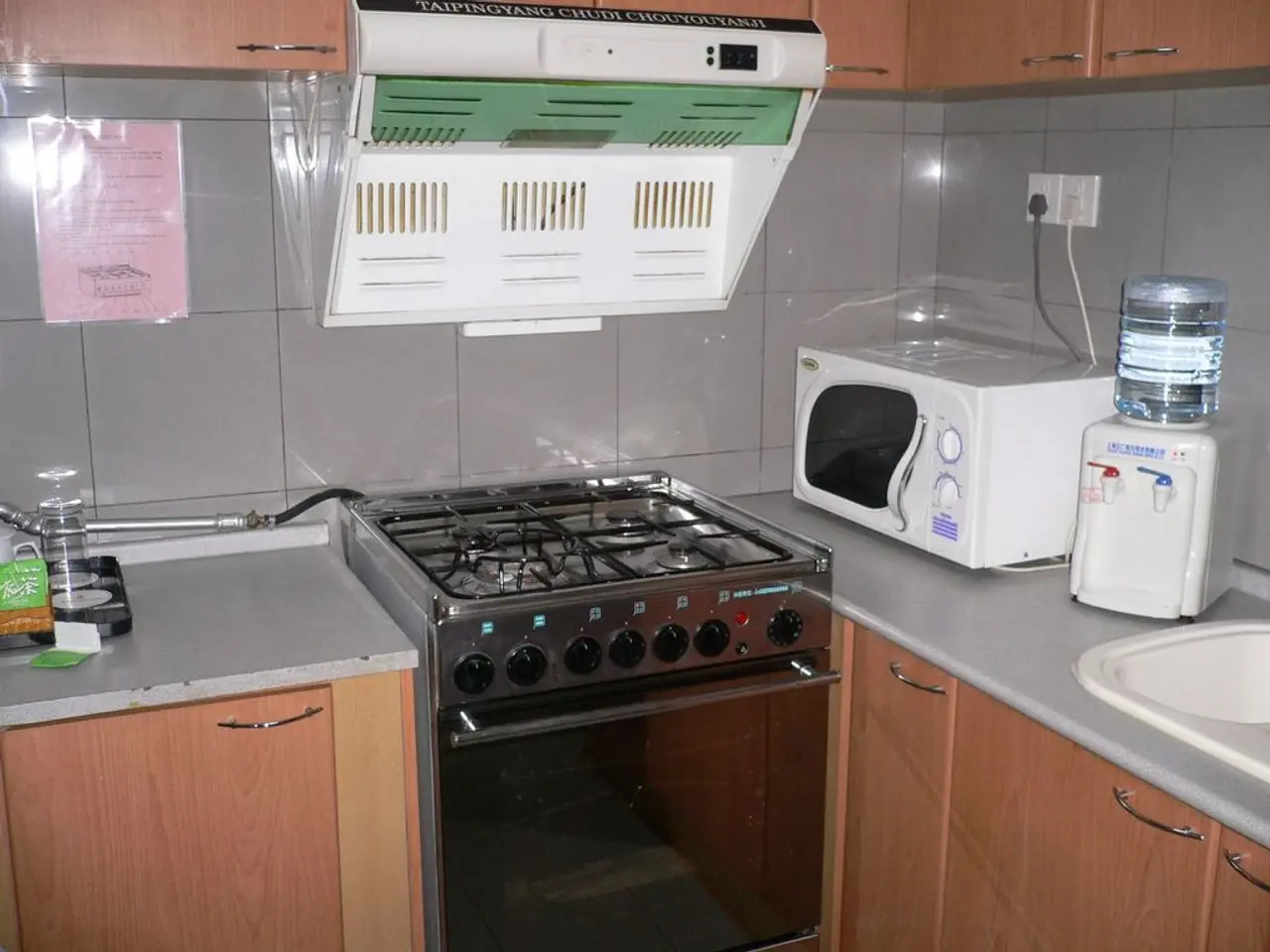Constructing a Radiator Cover: A Detailed Walkthrough
Building a custom radiator cover can be a rewarding DIY project for homeowners, offering a personal touch, enhanced safety, and improved heat distribution. Here's a step-by-step guide to creating your own radiator cover using MDF, a budget-friendly and heat-resistant material.
**Planning and Measuring**
Accurately measuring your radiator's width, height, and depth is crucial for a tailored cover that fits perfectly. Be sure to leave extra space inside for heat circulation to avoid blocking the radiator's efficiency.
**Designing for Airflow**
Incorporate slatted or grille designs on the front panel or top to allow heat to escape efficiently. Slats should be evenly spaced and not too narrow to maximize airflow while maintaining safety and aesthetics. Using a removable front panel or sections allows easy access for maintenance and heat flow adjustment.
**Building the Frame**
Construct a sturdy frame around the radiator using timber or MDF supports as the skeleton. Use 6mm MDF panels to clad the frame, balancing rigidity and weight.
**Cutting and Routing the MDF**
Cut MDF panels to size for top, sides, and front. Routing grooves or tongue and groove patterns can add decorative detail without compromising strength; keep routing depth shallow to avoid weakening the MDF. Sand edges smooth for a clean finish.
**Assembly**
Assemble the frame first, then attach the MDF panels. Ensure the front panel is easily removable or hinged for radiator access.
**Finishing**
Prime and paint the MDF with water-based lacquer or suitable paint to protect against moisture and wear, enhancing durability and appearance. Custom colours and finishes help the cover blend or accentuate your interior decor.
**Safety Considerations**
Ensure no sharp edges are exposed. The cover should be stable and fixed securely to prevent tipping. Keep ventilation openings sufficiently large to avoid overheating.
This method creates a custom, stylish radiator cover that improves room aesthetics, enhances safety by covering hot surfaces, and allows proper heat distribution via strategic ventilation. A radiator cover should not fully enclose sides or top to allow for proper ventilation. Metal radiator covers are great heat conductors but get very hot, so they may not be suitable for homes with pets or kids. Electric baseboard heaters should not be covered unless the cover is specifically designed for them. If you don't need additional storage from a radiator cover shelf, you can skip building one.
For beginners, starting with a basic box cover style is recommended, then adding decorative elements later. Wear thick leather gloves when trimming the decorative sheet metal, and always start by checking that your radiator is compatible with covers before building one. Building a radiator cover can be completed in a single weekend, and the cost of materials and paint is estimated to be around $100. A premade radiator cover can cost anywhere from $350 to $700.
By following this guide, you can create a radiator cover that not only hides unsightly radiators but also protects kids and pets against burns and doubles as a shelf or bench, improving the functionality and style of your home.
- To complement the custom radiator cover, consider incorporating a shelf or bench for extra storage and functionality in your home-and-garden lifestyle.
- For home-improvement enthusiasts, expanding the project by adding plumbing tools can transform the radiator cover into a handy workstation for DIY plumbing jobs within the home.




